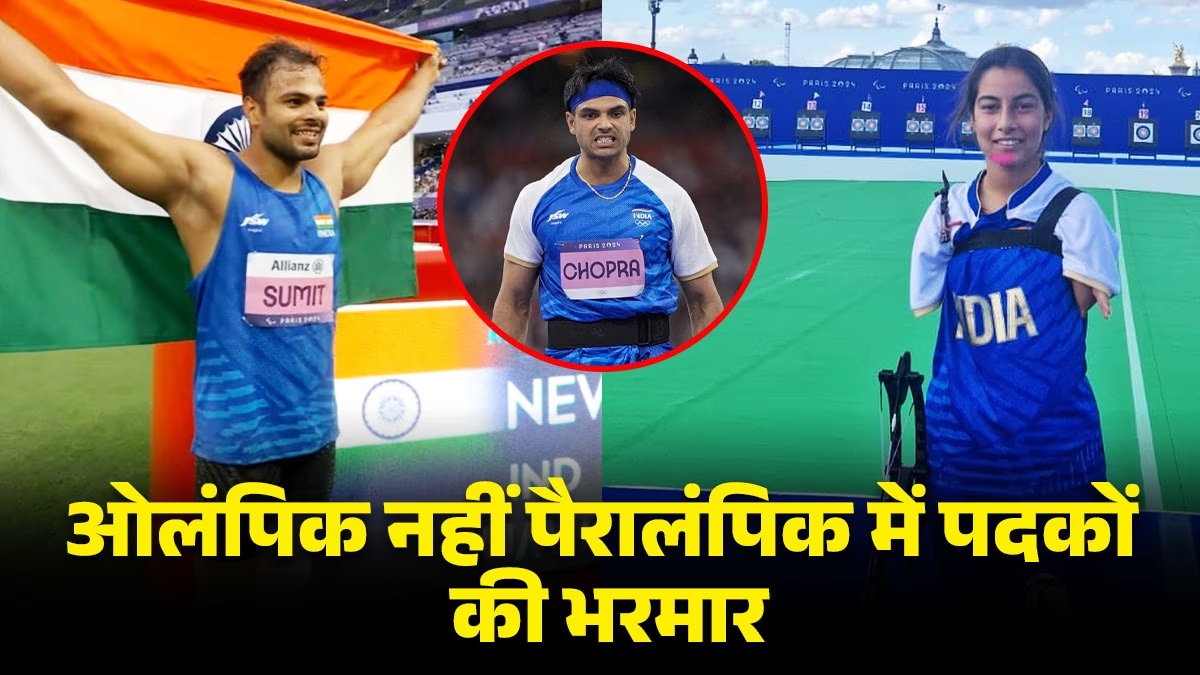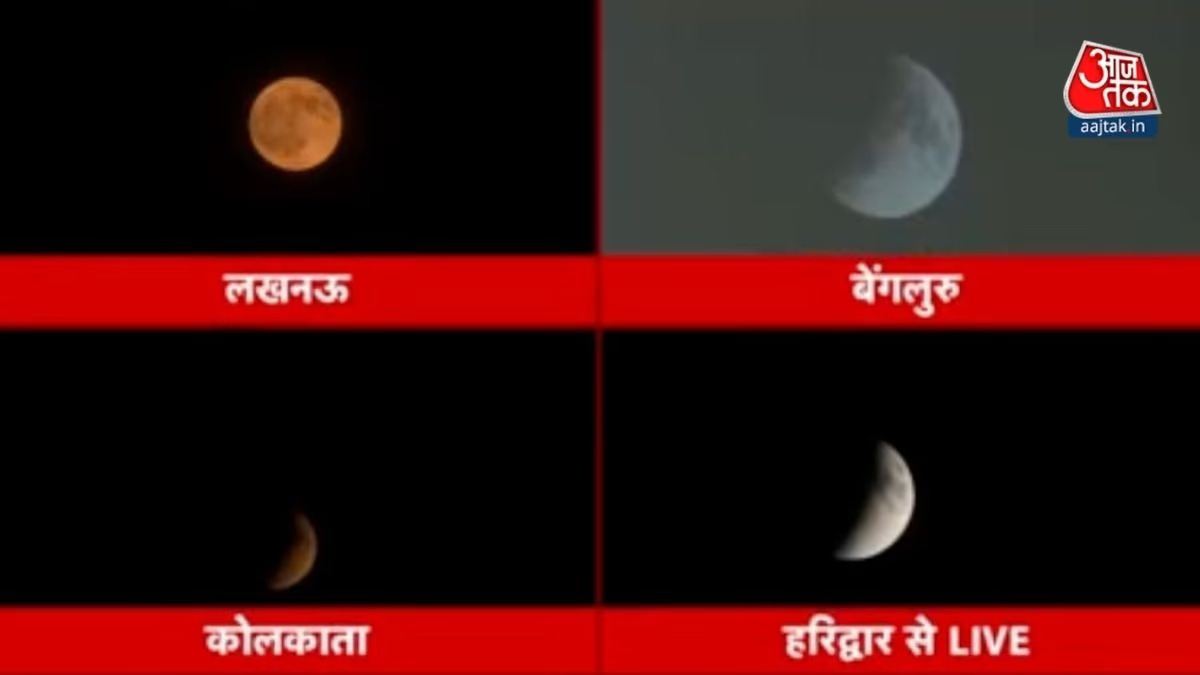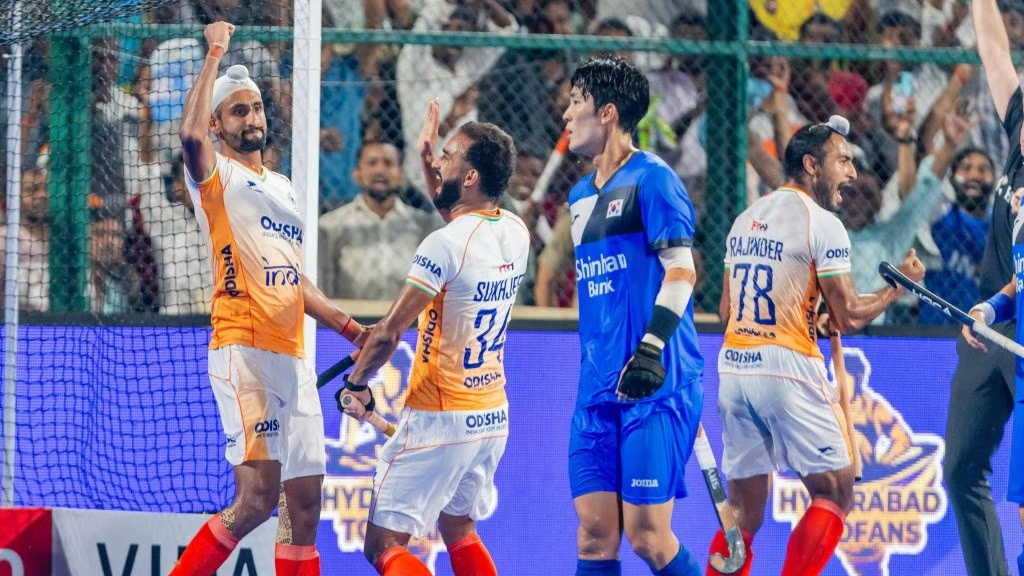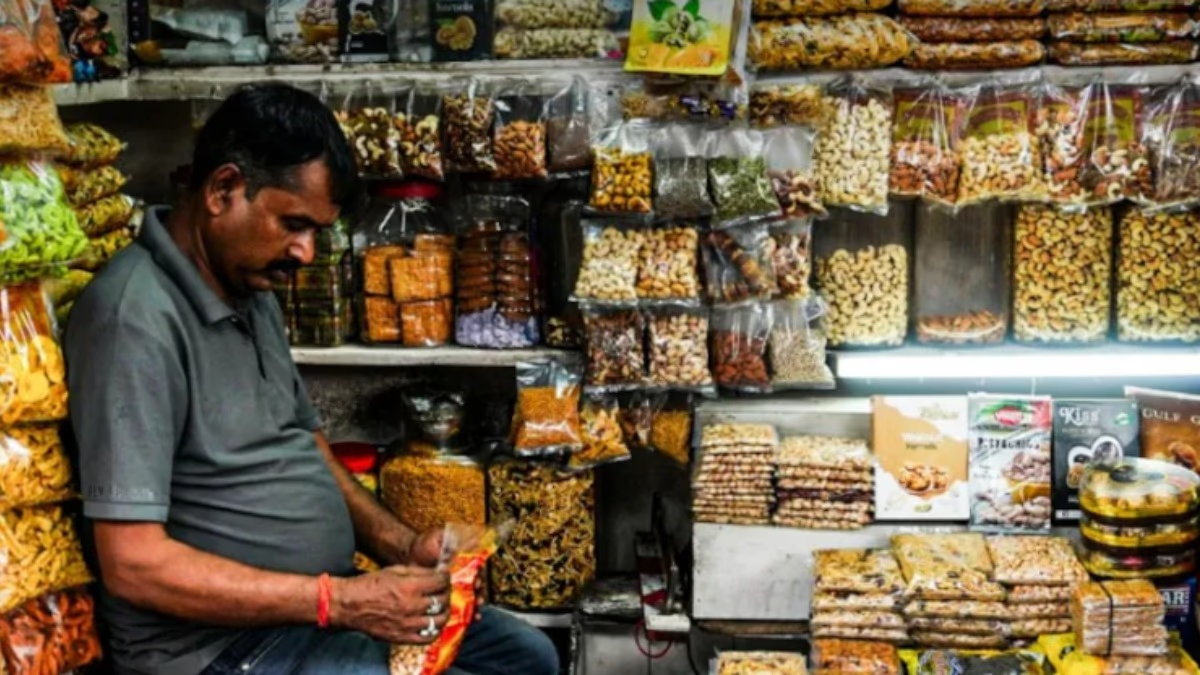India getting more medals in the Paralympic than Olympics:
India has made headlines by securing more than 20 medals in the Paris Paralympics, surpassing the 19 medals won at the Tokyo Paralympics in 2020. The rise in medals is surprising, especially since India could only secure one medal at the London Paralympics in 2012 and four in Rio 2016. On the other hand, India has never won more than seven medals in any Olympic season (Tokyo 2020), while the Paris Paralympics witnessed a shower of medals. The Paralympics is a competition for athletes with physical, intellectual, or visual impairments.
The significant surge in medals at the Paralympics can largely be attributed to the increasing number of participating athletes. In Rio, only 19 Indian athletes competed, winning four medals, including two golds. For the Tokyo Paralympics, 54 para-athletes represented India, winning 19 medals, including five golds. In Paris, 84 athletes participated, leading to a notable increase in medals. As of September 6, India has won 27 medals, including six golds.
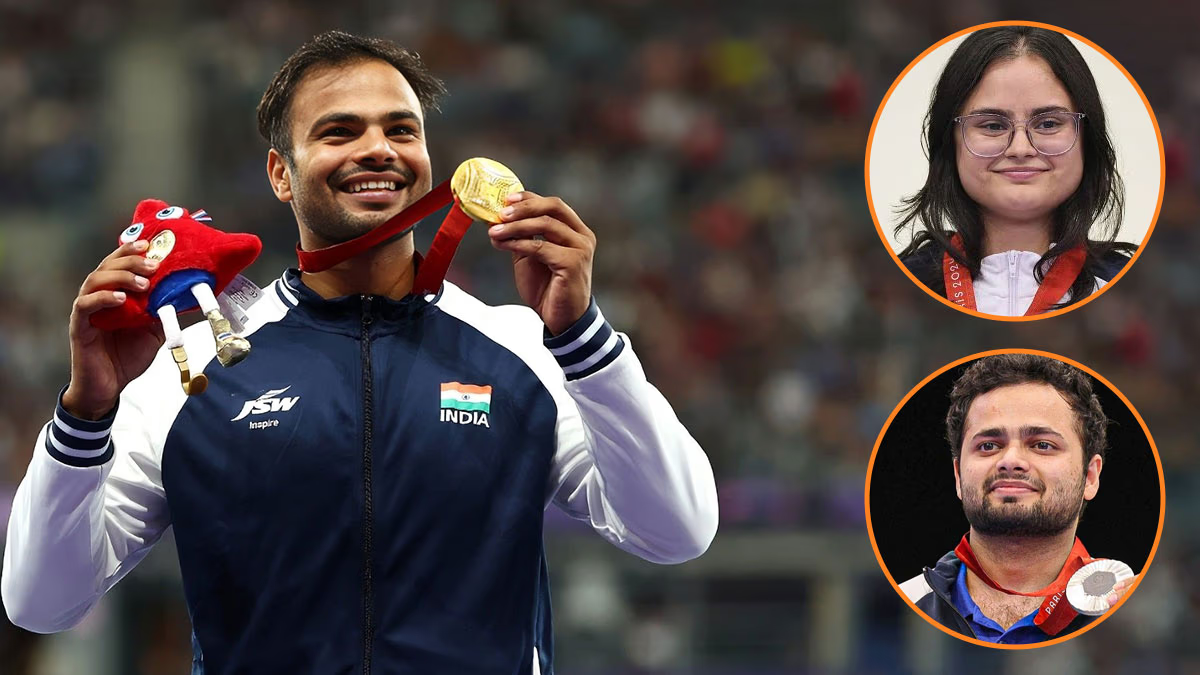
Source: aajtak
India competed in 12 sports in Paris compared to 9 in Tokyo. Three new sports - para-cycling, para-rowing, and blind judo - were added in Paris.
Indian female athletes have outperformed their male counterparts in recent Paralympics. For instance, while all four badminton medals in Tokyo were won by men (Pramod Bhagat, Krishna Nagar, Suhas Yathiraj, and Manoj Sarkar), three women - Thulasimathee Murugesan, Nitya Sree Sivan, and Manisha Ramdas - reached the podium in Paris, with only two male winners.
Notably, India's first female medalist, Deepa Malik, won in 2016, and now in Paris, nine women have won medals.
While India is on the right path, much remains to be done. India still doesn't have participants in about half of the events. For instance, only one swimmer represented India in the Paralympic swimming events in Paris.
It's clear that India is starting to win more medals in the Paralympics compared to the Olympics. However, it's important to remember that comparing the two is not straightforward. Still, the more medals won in the Paralympics do draw attention.
Major Reasons for Better Performance in the Paralympics:
1. Increased Focus and Investment in Para-Sports
In recent years, the Indian government and the Paralympic Committee have taken solid steps to identify, train, and support para-athletes. This includes increased funding, coaching resources, and infrastructure specifically for para-sports. Rs 740 million were allocated for the Paris Paralympics compared to Rs 260 million for the Tokyo Paralympic cycle.
At the grassroots level, events like the Khelo India Para Games, started just last year, have helped a lot. The Khelo India campaign also played a role. Reforms in SAI (Sports Authority of India) and PCI (Paralympic Committee of India) were significant. Para sports are no longer seen as an NGO activity but as hardcore sports, considered parallel sports.
India's involvement in para-games has increased, highlighted by hosting the International Paralympic World Cup in Delhi this year, which received worldwide praise. The IPC (International Paralympic Committee) also declared PCI's organization as the best.
2. Lesser International Competition
Compared to the Olympics, the pool of top competitors in the Paralympics is much smaller. This is especially true in events where India excels, like para-athletics. This makes it relatively easier for Indian athletes to qualify and win medals. Participation in the Paralympics increased with the intervention of SAI and the sports ministry, along with an increase in trainers and support staff.
3. Classification System
The Paralympic classification system aims to ensure fair competition by grouping athletes with similar levels of ability. This benefits Indian athletes with various physical challenges.
PCI (Paralympic Committee of India) has evolved, creating proper charts for Olympian athletes to determine how to train them. There is a focus on medical classification, after which athletes receive a license to play, and their records are uploaded on international websites. Only then is it decided in which category the athlete will compete. Medical grouping is essential.
4. Determination and Resolve of Para-Athletes
Many Indian Paralympians have overcome significant physical, economic, and social challenges to reach the top of their game. This determination leads to extraordinary performance. For example, India’s first female Paralympic medalist, Deepa Malik, won her medal at the age of 46 in 2016. Her victory was termed magical, but it was a result of hard work and dedication, supported by the availability of conditioning coaches, trainers, support staff, and transportation facilities.
5. Improved Sports Science and Coaching
India's Paralympic program has benefited from increased investment in sports medicine, training techniques, and experienced coaching, helping para-athletes maximize their potential. Simple language booklets of NADA (National Anti-Doping Agency) rules were distributed during Tokyo, guiding athletes on prohibited substances. Information technology has also been included in training, allowing para-athletes to prepare according to international standards.
The continuous efforts to improve sports have started to show results, with India’s tally of medals increasing at the Paralympics. Before leaving for Paris, it was expected that Indian para-athletes would bring back no less than 25 medals, a goal which has been achieved. Although these promising statistics can't be directly compared with the Olympics, where India's medal count has never reached double digits, the inspiring performance of para-athletes can indeed motivate our Olympic athletes, who often crumble under pressure before reaching the podium.
1. Avani Lekhara (Shooting)
- Gold Medal, Women's 10 Meter Air Rifle (SH1)
2. Mona Agarwal (Shooting)
- Bronze Medal, Women's 10 Meter Air Rifle (SH1)
3. Preeti Pal (Athletics)
- Bronze Medal, Women's 100 Meter Race (T35)
4. Manish Narwal (Shooting)
- Silver Medal, Men's 10 Meter Air Pistol (SH1)
5. Rubina Francis (Shooting)
- Bronze Medal, Women's 10 Meter Air Pistol (SH1)
6. Preeti Pal (Athletics)
- Bronze Medal, Women's 200 Meter Race (T35)
7. Nishad Kumar (Athletics)
- Silver Medal, Men's High Jump (T47)
8. Yogesh Kathuniya (Athletics)
- Silver Medal, Men's Discus Throw (F56)
9. Nitesh Kumar (Badminton)
- Gold Medal, Men's Singles (SL3)
10. Manisha Ramdas (Badminton)- Bronze Medal, Women’s Singles (SU5)
11. Thulasimathee Murugesan (Badminton)- Silver Medal, Women’s Singles (SU5)
12. Suhas L. Yathiraj (Badminton)- Silver Medal, Men’s Singles (SL4)
13. Sheetal Devi-Rakesh Kumar (Archery)- Bronze Medal, Mixed Compound Open
14. Sumit Antil (Athletics)- Gold Medal, Men’s Javelin Throw (F64)
15. Nitya Sree Sivan (Badminton)- Bronze Medal, Women’s Singles (SH6)
16. Deepti Jevanjee (Athletics)- Bronze Medal, Women’s 400m (T20)
17. Mariyappan Thangavelu (Athletics)- Bronze Medal, Men’s High Jump (T63)
18. Sharad Kumar (Athletics)- Silver Medal, Men’s High Jump (T63)
19. Ajit Singh (Athletics)- Silver Medal, Men’s Javelin Throw (F46)
20. Sunder Singh Gurjar (Athletics)- Bronze Medal, Men’s Javelin Throw (F46)
21. Sachin Sarjerao Khilari (Athletics)- Silver Medal, Men’s Shot Put (F46)
22. Harvinder Singh (Archery)- Gold Medal, Men’s Individual Recurve Open
23. Dharambir (Athletics)- Gold Medal, Men’s Club Throw (F51)
24. Pranav Surma (Athletics)- Silver Medal, Men’s Club Throw (F51)
25. Kapil Parmar (Judo)- Bronze Medal, Men’s 60 kg (J1)
26. Praveen Kumar (Athletics)
– Gold Medal, Men’s High Jump (T44)
27. Hokato Sema (Athletics)
– Bronze Medal, Men’s Shot Put (F57)
